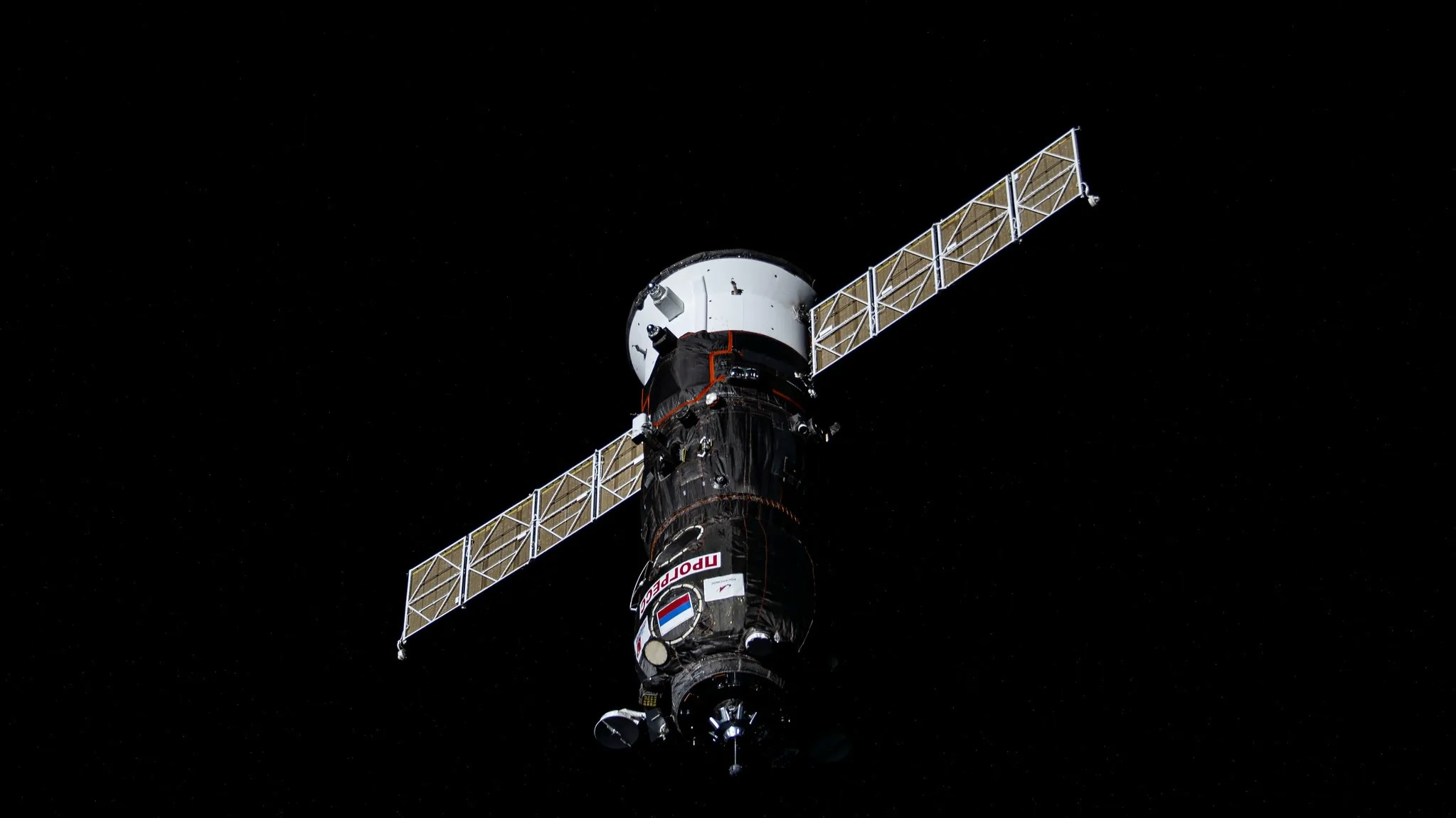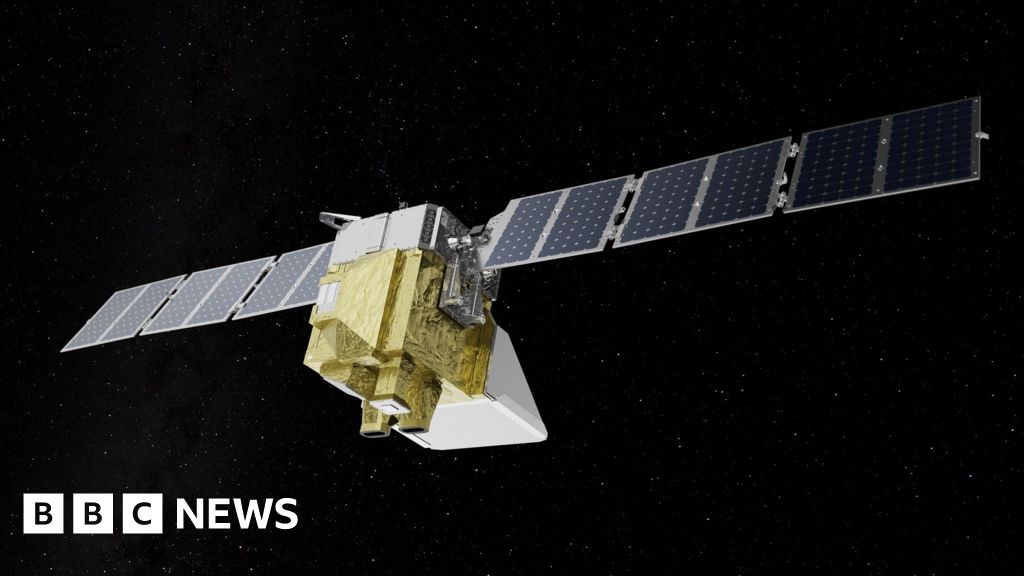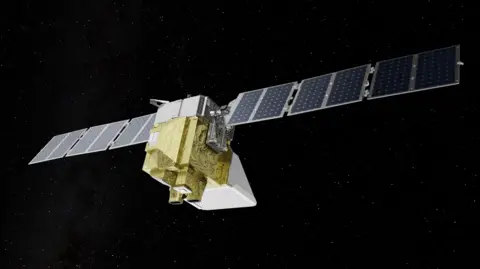The following is a near-verbatim transcript of today’s briefing by Stéphane Dujarric, Spokesman for the Secretary-General.
**Programming Note
A programming note, as a reminder which you don’t need to be reminded of. Tomorrow, the UN Headquarters will be closed, given that it’s an official holiday in our host country. It is their Independence Day, and we wish them a happy Independence Day. We will be back here on Monday.
And as usual, during the holidays and weekends, we will unfortunately remain available to you if you have any questions.
Also, just on the technical side, over the weekend a number of web platforms, including WebTV, UN News all the UN Photo and Video will be undergoing scheduled maintenances there moving from one hosting platform to another on the back end. There should not be any problems, but if there are, I just ask you to be a little bit patient.
**Secretary-General’s Travel
A travel announcement regarding the Secretary-General: On Saturday, 5 July, the Secretary-General will be arriving in Rio de Janeiro, Brazil, to attend the seventeenth Summit of the BRICS countries.
The Secretary-General has been invited to speak at an outreach session on “Strengthening multilateralism, economic-financial affairs and artificial intelligence”, that will take place on Sunday, 6 July. On Monday, 7 July, he will address a second outreach session, on “Environment, COP30 and global health.”
During his visit, the Secretary-General will also be having meetings with various leaders who are attending the BRICS Summit, and we will share those readouts with you.
**Deputy Secretary-General
Our Deputy Secretary-General, Amina Mohammed, returned to Seville today for the closing of the fourth International Conference on Financing for Development (FFD4).
At the closing with Prime Minister Pedro Sanchez of Spain, she underscored the consensus around the Seville Agreement as a demonstration of multilateralism in action — with actions to close the SDG (Sustainable Development Goals) financing gap, address the debt crisis, and reform the international financial architecture. She recognized the more than 100 initiatives launched on the Sevilla Platform for Action, including solidarity levies on private jets and first-class travel to generate new resources for sustainable development.
She said that the UN will be operationalizing a Seville Forum on Debt to help countries learn from one another and coordinate their approaches in debt management and restructuring; and that forum will be supported by the Government of Spain, and we thank them.
She called for the Conference to be remembered not only as a conference that responded to crisis, but as the moment the world chose cooperation over fragmentation, unity over division, and action over inertia.
Tomorrow, she will travel to Praia, Cabo Verde, to take part in celebrations marking the fiftieth anniversary of the country’s independence.
**Gaza
And I have a statement to share with you on the humanitarian situation in Gaza: I can tell you that the Secretary-General is appalled by the deepening humanitarian crisis in Gaza. Multiple attacks in recent days hitting sites hosting displaced people and people trying to access food have killed and injured scores of Palestinians. The Secretary-General strongly condemns the loss of civilian life.
In just one day this week, Israeli orders to relocate forced nearly 30,000 people to flee, yet again, with no safe place to go and clearly inadequate supplies of shelter, of food, of medicine and of water.
International humanitarian law is unambiguous: civilians must be respected and protected, and the needs of the population need to be met.
With no fuel having entered Gaza in more than 17 weeks, the Secretary-General is gravely concerned that the last lifelines for survival are being cut off. Without an urgent influx of fuel, incubators will shut down, ambulances will be unable to reach the injured and the sick, and water will not be able to be purified. The delivery by the United Nations and our partners of what little of our life-saving humanitarian aid is left in Gaza will grind to a halt.
The Secretary-General once again calls for full, safe and sustained humanitarian access so aid can reach people who have been deprived of the basics of life for way too long. The UN has a clear and proven plan, rooted in the humanitarian principles, to get vital assistance to civilians — to do that safely and at scale, wherever those people are.
The Secretary-General reiterates that all parties must uphold their obligations under international law. He renews his call for an immediate permanent ceasefire and for the immediate and unconditional release of all hostages, held by Hamas and other groups. That statement is now been shared with you.
**Occupied Palestinian Territory
And just to give you a bit more details of what’s actually going on, on the ground: I can tell you that the space left for civilians to stay is shrinking by the day. Just yesterday, the Israeli authorities issued yet another displacement order — this time for parts of Gaza City — citing Palestinian rocket fire. Our colleagues estimate that about 40,000 people were in these areas, which included one displacement site, one medical point, and a neighbourhood that had been spared from any displacement orders since before the ceasefire. As of earlier today, about 900 families are estimated to have fled.
OCHA (Office for the Coordination of Humanitarian Affairs) notes that since mid-March, when the ceasefire ended, over 50 such orders have been issued. Together, they now cover about 78 per cent of Gaza. Add the Israeli-militarized zones and that percentage jumps to 85 — leaving just 15 per cent where civilians can actually stay.
Those areas are of course overcrowded; they also severely lack any services or proper infrastructure. Imagine having just over 2 million people in Manhattan — which is actually slightly bigger — but instead of buildings, the area is strewn with the rubble of demolished and bombed-out structures, without infrastructure or basic support. And in Gaza, these remaining areas are also fragmented and unsafe.
Yesterday, our colleagues from the UN Population Fund (UNFPA) said that menstruation has become a nightmare for an estimated 700,000 women and girls in Gaza. They remind us that, alongside food, people need water, soap, menstrual pads and privacy. UNFPA notes it has supplies ready — almost 170 truckloads’ worth — but they are not being let into the Strip.
In a report issued yesterday, OCHA notes that since last Thursday, nine more aid workers have been killed — from five different organizations.
That brings together the total number of aid workers killed to 107 so far this year, and 479 since October 2023. Among them are 326 of our UN colleagues.
Looking back at the month of June, out of nearly 400 coordination attempts, 44 per cent were outright denied by Israeli authorities. Another 10 per cent were initially accepted but faced impediments. Only a third were fully facilitated. And the rest, which is about 12 per cent — had to be cancelled by the organizers for logistical, operational or security reasons. [Yesterday], we had four denials out of 16 coordination attempts, hindering our teams’ efforts to relocate medical supplies or remove debris, among other critical operations.
**Lebanon
Moving north, to Lebanon: This week, the newly appointed Head of our UNIFIL (United Nations Interim Force in Lebanon) peacekeeping mission and Force Commander, Major General Diodato Abagnara, met with Lebanese leaders, including the President, Joseph Aoun; the Speaker of the Parliament, Nabih Berri; the Prime Minister, Nawaf Salam; as well as the Ministers of Foreign Affairs and Defence, and the commander of the Lebanese Armed Forces.
General Abagnara underscored in his meetings the mission’s support to the implementation of Security Council resolution 1701 (2006), including the strengthened deployment of the Lebanese Armed Forces in the southern part of their country.
On the ground, UNIFIL peacekeepers report Israel Defense Forces (IDF) military presence and activities north of the Blue Line, including air violations and mortar fire impacting several locations in Sector East this week.
Meanwhile, the peacekeepers have also continued to discover unauthorized weapons caches, including one containing mortars in Sector East.
This week also, UNIFIL supported the important work of humanitarian agencies by facilitating missions of OCHA, UNICEF, UNDP (United Nations Development Programme), the UN Refugee Agency (UNHCR) and the World Food Programme (WFP) in the UNIFIL area of operations.
In support of the capacity-building of the Lebanese Armed Forces, UNIFIL Maritime Task Force this week carried out training exercises for the Lebanese Navy and the Lebanese Air Force.
**Cyprus
And a note on Cyprus: In addition to what we said yesterday, in preparation for the informal meeting on Cyprus in a broader format, to be held on 16-17 July, the Personal Envoy of the Secretary-General on Cyprus, Maria Angela Holguin, is travelling to the island this weekend for meetings with the two sides. Earlier this week, she met with senior representatives of the United Kingdom in London, as well as of the European Union in Brussels. She will visit Paris on Friday for meetings with Frenchofficials.
**Ukraine
Turning to Ukraine, the Office for the Coordination of Humanitarian Affairs reports that air strikes in the past three days have killed and injured civilians.
According to authorities, at least 10 civilians were killed and nearly 60 injured, including children.
The strikes also damaged homes, hospitals, schools and agricultural supplies in front-line regions, according to the local authorities and aid workers. In the Donetsk region alone, authorities reported damage to over 80 homes, schools and other civilian facilities across the region.
Health facilities have not been spared. On 1 July, shelling damaged a hospital in Kherson, injuring at least three health workers and five patients.
Today, drone strikes in the same city damaged several ambulances, civilian vehicles and windows of another hospital building.
Between January and June of this year, the World Health Organization (WHO) recorded at least 255 attacks on health care in Ukraine — accounting for nearly 40 per cent of all such attacks verified globally. In 2025, these attacks caused at least six deaths and 55 injuries among medical personnel and patients; that’s what the World Health Organization is telling us.
Humanitarians continue to respond, providing construction materials and emergency shelter kits, blankets, hygiene items and mental health and psychosocial support.
**Russia
And Alex, I think you had had a question a number of times on the Memorandum of Understanding. I can tell you that the final consultation meeting on the Memorandum of Understanding between the United Nations and the Russian Federation will take place on 11 July in Geneva. It will be led by Rebeca Grynspan, as it always is; she is of course, as you know, the Secretary-General of UNCTAD (United Nations Tade and Development).
The Memorandum of Understanding was signed on 22 July 2022 with an implementation period of three years as part of the Istanbul agreement and the efforts of Secretary-General on global food security and in the context of the war in Ukraine. In parallel, the Secretary-General has also continued to advocate for continued exports from Ukraine and the Russian Federation, including through the proposal on safe navigation in the Black Sea, which continues to inform discussions. And we will share that with you in writing.
**Senior Personnel Appointment
Also, I want to read into the record an announcement that went out yesterday evening about the newly-appointed Special Representative of the Secretary-General (SRSG) for Haiti.
And that new Special Representative is Carlos G. Ruiz Massieu of Mexico; he will be the SRSG and Head of the United Nations Integrated Office in Haiti.
He succeeds María Isabel Salvador of Ecuador, to whom the Secretary-General is grateful for her dedication and service.
Mr. Massieu, as you know, is currently the head of the Verification Mission in Colombia since 2019 and he has over 30 years of experience in public service and in diplomacy, both in bilateral and multilateral contexts.
An important note, though, Mr. Ruiz Massieu will assume his new functions as the SRSG for Haiti in August. He will be here in two weeks’ time to brief the Security Council on Colombia.
**Yemen
Also on Yemen. Some good news coming out of Yemen. Our UN team on the ground is telling us that the two local water authorities in Taiz governorate, the Local Water and Sanitation Corporations in Taiz and Al-Hawban, reached a technical agreement to jointly manage the water supply systems, restoring essential services that have been disrupted for nearly a decade due to conflict and institutional fragmentation.
This milestone was made possible through the sustained engagement of the United Nations team in Yemen, working alongside key partners.
To accelerate water access, the Yemen Humanitarian Fund is allocating $2 million to connect 90,000 people, to functioning water networks.
We commend the local leadership behind this breakthrough and urge donors to scale up support so that over 600,000 people living in Taiz can finally access safe, and reliable, water and sanitation.
**Global Risk Report
If you are looking for some interestingreading material this weekend, if I can recommend the inaugural UN Global Risk Report.
It is being launched today at 1 pm, both online and at an event hosted at the Mission of Singapore. The key insight of this report is a set of 12 Global Vulnerabilities, which are risks that are perceived as both important and for which the international community is underprepared. Many risk reports can provide a list of the most important risks, but this report focuses our attention on perceived gaps in the multilateral space. It identifies Mis- and Disinformation as a singularly critical vulnerability and identifies three other clusters of risks that are technological, environmental, and societal. Specifically, the report highlights that these global vulnerabilities can be best addressed through coordinated joint action between Member States and across stakeholder groups. It can be found on the web at unglobalriskreport.org.
**International Days
Since we won’t see each other tomorrow, I don’t want to leave you without mentioning two international days.
Saturday is International Day of Cooperatives. Cooperatives have a local community focus, and they aspire to bring the benefits of this economic and social model to all people in the world.
Sunday is World Rural Development Day. This Day aims at elevating rural voices and renewing the world’s collective promise, which is to leave no one behind, not even in the most remote and forgotten places of the world.
**Financial Contribution
We have a quiz for you today. How many people do deep sea diving here? Below the water. You scuba? I am trying to make it more exciting for Gabriel.
This country’s most famous dive site is the SS President Coolidge, a shipwrecked luxury liner that was serving as a troop ship in World War II. The ship sank in 1942 after making contact with mines off Espiritu Santo Island, the largest island of this archipelago nation. No. Okay, I will give you another hint. The capital of this country is Port Vila. [response from the crowd: “Vanuatu.”]
Yes. Who said Vanuatu? You see, that’s the second one you won, Chris. Claim your prize.
**Questions and Answers
Spokesman: All right, let’s go back to New York from Vanuatu. Dezhi?
Question: Yes. Let’s talk about the hostages that kept by Hamas in Gaza. You said there are 17 weeks that no field entered, and there’s rarely humanitarian deliveries. Does the UN have any information of the whereabouts or conditions of the still remaining hostages?
Spokesman: The information that we have and we’ve been getting is through the regular meetings the Secretary-General has had with the families of Israeli hostages and former hostages, but we do not have any direct information.
Question: Does the Secretary-General worry if the condition continues in Gaza without food, without fuel, with more evacuation orders, there will be less and less chance for those hostages to survive…?
Spokesman: Well, I mean, I think the longer this goes on, the more people will suffer, whether they are the Palestinian civilians or whether they’re the hostages being held by Hamas.
Question: So, another thing is, yesterday, I believe you saw the report from AP about the Gaza Humanitarian Fund [GHF]. Two American contractors said they are very disturbed and feel irresponsible that there’s live ammunition fired at the site, which got rejected by the Fund. Does the UN have any comments on this?
Spokesman: Well, I mean, the comment is what we’ve been telling you about the operations of the Gaza Humanitarian Foundation since the beginning, that they do not meet the most basic standards that anyone should want to meet, which is when you’re trying to help people, you’re not putting them at greater risk. Yes, Jordan?
Question: Steph, there is a big perception in Middle East, actually, in the world that the United Nations has failed to protect the Palestinian people. And, also, as you just mentioned, 326 UN staff also, the United Nations, that you unable to protect even your own staff. How can you reply to that?
Spokesman: Well, I mean, which United Nations are you speaking about? Are you speaking about the inability of the Security Council to come together? Are you speaking…?
Correspondent: The United Nations system.
Spokesman: But that’s… you know, I think people have to understand the complexity of the UN system, and we rely on you as journalists to explain that. I think the Secretary-General and all of the UN humanitarian staff and other staff who remain in Gaza are doing their best to protect civilians, to help civilians stay alive by at least providing them with the limited amount of means that we have. What is clear is that in this conflict and in others, as the Secretary-General said last week, if I’m not mistaken, international law, the Charter itself is being repeatedly violated and too many countries are choosing to see the Charter and international law as an a la carte menu, as opposed to standing up and believing and implementing other commitments they themselves have signed on to. Yes, ma’am?
Question: Thank you, Steph. This is Min Lu from China Daily. The US and Vietnam has reportedly reached a trade agreement that removes tariffs on US goods to Vietnam, while the Vietnam goods exporting to the US are facing higher tariffs. Does the UN have any comments on how this treatment will influence developing countries and global trade awareness?
Spokesman: I mean, we don’t have any comment on this specific agreement, or we’re not even sure there’s an agreement. What we do believe is that the Secretary-General believes in a global trade system that needs to be fair and especially fair to those countries that are most vulnerable. Alex?
Question: Thanks, Steph. Firstly, a quick follow-up on UN WebTV and other sources. Is it somehow connected with UN80 initiative?
Spokesman: No, no, not at all. Not everything is connected to UN80 Initiative.
Correspondent: I had to follow-up.
Spokesman: I mean, I saw the Mets win yesterday. I don’t think that was connected to the UN80 Initiative.
Question: Secondly, follow-up on this UN Russian Memorandum. So what will happen after this Memorandum expires?
Spokesman: Well, the Memorandum of Understanding will not be extended. It had a shelf life of three years. However, the issues around it remain, right? And that, for us, includes the developing and the protection of safe trade routes through the Black Sea. So a lot of the issues that the memo address will continue to live on and will continue to be discussed between the United Nations, the Russian Federation, and others.
Question: And last one. President [Vladimir] Putin and President [Donald] Trump held a phone conversation. Have any comments on that?
Spokesman: I mean, we’ve just seen that they spoke. As I’ve said in other cases, we welcome high-level dialogue between leaders of these United Nations. Okay. Yes, ma’am?
Question: Hi. My name is Rachel from [Inaudible], Guangdong, China. So I just recently saw a new report from the United Nations Economic and Social Committee for Asia and the Pacific mentions a USD $2.5 to $4 trillion in annual financing gap for developing countries. So I’m wondering, as China is now one of the largest creditors to developing countries, how does the UN view China’s potential role in advancing global financial collaboration?
Spokesman: To be honest, I have not seen that report. I will put you in touch with its authors, so you can ask them. But I try not to speak about things I don’t know. Doesn’t always work, but that’s what I try to do. Go ahead, Dezhi.
Question: Yesterday, WHO urged countries to increase health tax on tobaccos, alcohols, and sugar-contained beverages to at least 50 per cent of its price. Do you worry that would affect your champagne drinking in your bottle?
Spokesman: Have a great weekend.









